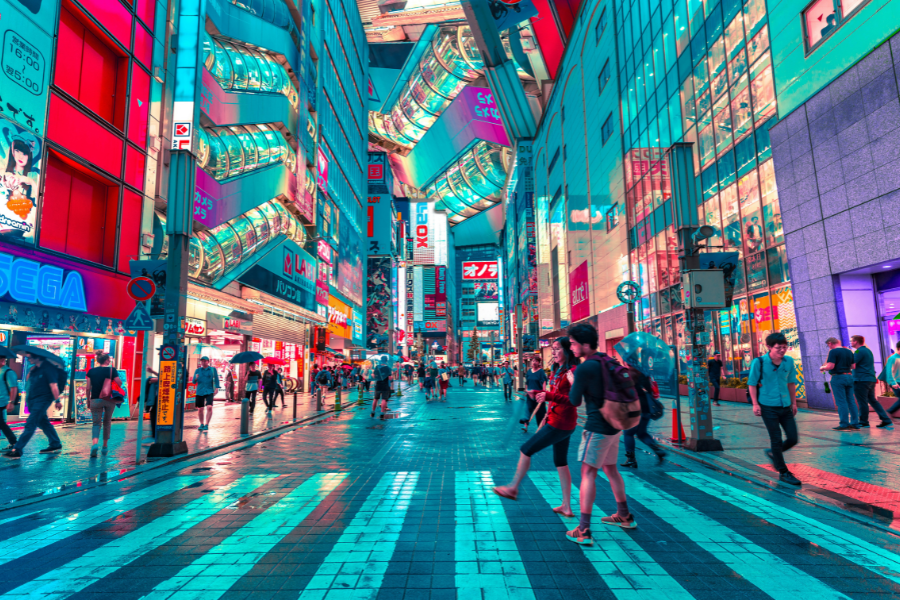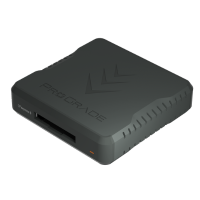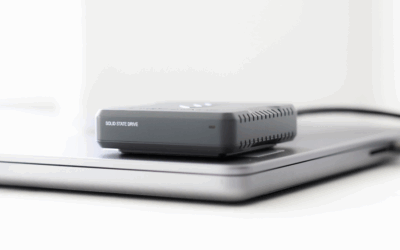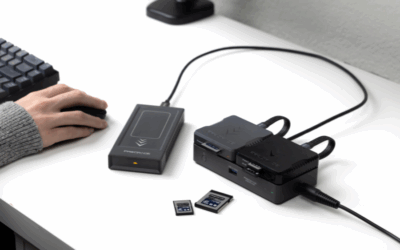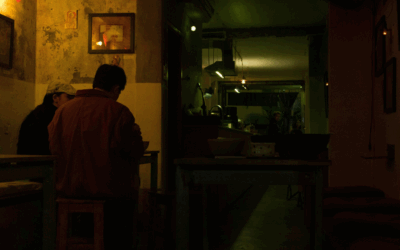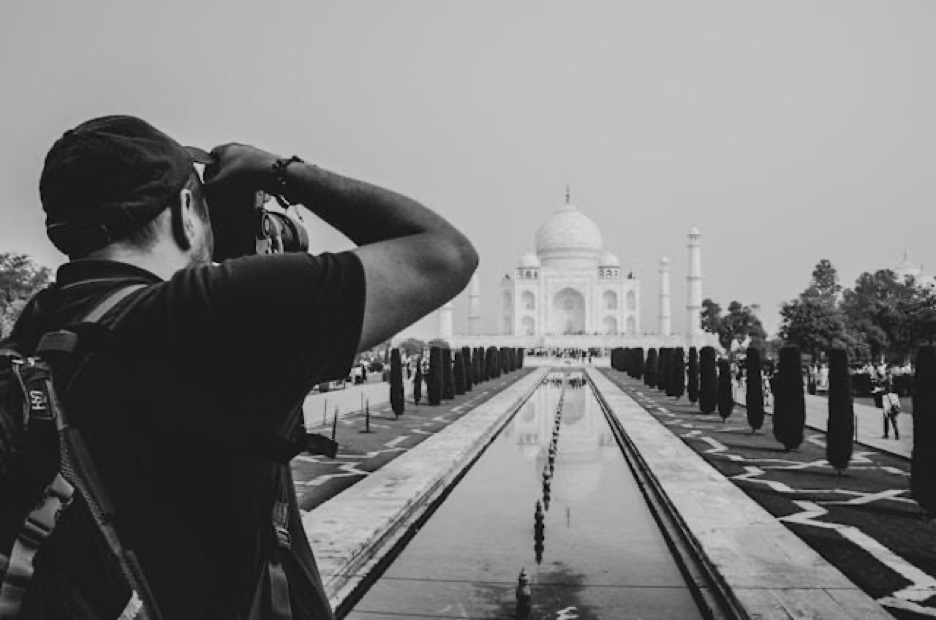
Travel photography is all about adventure, capturing magic in unfamiliar places, and telling stories through your lens. But let’s be real, traveling with camera gear also means carrying expensive equipment, standing out in a crowd, and sometimes finding yourself in sketchy situations to “get the shot.”
No matter if you’re hiking solo through the Andes or snapping street scenes in a bustling city, safety should always be at the top of your shot list. This guide breaks down how to protect both yourself and your gear while out in the world doing what you love most…shooting.
Research and Preparation
Before you even zip up your camera bag, take some time to really get to know your destination. A little research can make the difference between a smooth, safe, and inspiring photo trip and one full of stressful (or even scary) surprises.
Start by checking the local laws and customs around photography. In some countries, it’s illegal (or at least highly frowned upon) to photograph certain government buildings, military sites, or even people without permission. Religious sites can be especially sensitive. For example, in parts of the Middle East or Southeast Asia, snapping photos inside temples or mosques may not be allowed at all. A quick Google search, a peek at travel forums like Thorntree, or even asking locals once you arrive can help you steer clear of unintentionally offending someone, or worse, getting fined or detained.
It’s also important to know which neighborhoods are safe and which ones to avoid. Travel advisory sites like the U.S. State Department or UK Foreign Travel Advice can give you a general overview, but don’t stop there. Apps like Google Maps, TripAdvisor, and even Reddit threads can offer more detailed, real-time insights. And when in doubt, ask your hotel staff or a local guide. They’ll often be your best source of insider safety info. If someone tells you to avoid a certain area after dark, listen to them.
Speaking of timing, planning your shoots during safer times of day is always smart. Early mornings for blue hour and golden hour aren’t just photographer favorites for their dreamy lighting, they also tend to be quieter and safer. Lighter crowds mean lower risk of pickpocketing, and you’re less likely to be caught in a sketchy situation when the sun’s still up. Plus, catching a city as it wakes up often leads to some of the most authentic and beautiful shots you’ll ever take.
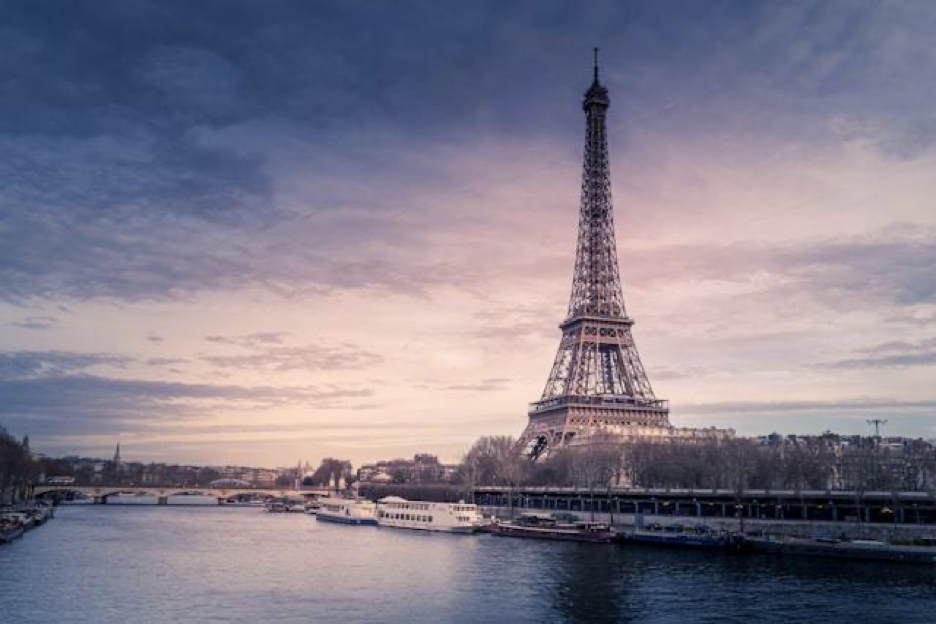
Personal Safety Comes First
Your camera can be replaced. You can’t. No photo is worth putting yourself in danger. If a situation feels sketchy, trust your gut and walk away. There will always be more light, more locations, and more moments to capture. Prioritizing your safety doesn’t make you any less of a photographer, it makes you a smarter, more experienced one.
With that in mind, here are some key tips to help keep you safe while you’re out in the field:
- Stay aware. This one’s big. When you’re lost in the moment lining up a perfect shot, it’s easy to forget what’s going on around you, but that’s exactly when you’re most vulnerable. Keep your gear in front of you, stay alert in crowded areas like markets or train stations, and try not to bury yourself in your camera menu or phone for too long. Thieves often target people who look distracted or overloaded.

- Dress to blend in. Looking like a local (or at least not like a walking ad for your favorite camera brand) helps you move through spaces more safely. Stick to neutral colors, skip the flashy watches or jewelry, and avoid camera straps or bags with bold branding. The goal is to be low-key, not a walking billboard for expensive gear.
- Tell someone where you’re going. Whether it’s your hostel roommate, your hotel concierge, or a loved one back home, make sure someone knows your general plans. Drop a pin or share your location if you’re heading somewhere remote or off the beaten path. It takes less than a minute and gives you a big safety net if something goes wrong.
- Travel light. When exploring unfamiliar or crowded areas, the less you carry, the better. Bringing just one camera body and lens means you can move faster, attract less attention, and reduce the mental load of watching over a whole kit. A lightweight mirrorless camera with a versatile zoom lens, for example, is much easier to keep secure and still delivers stunning results.
Protect That Precious Gear
Treat your camera like the investment it is. No matter if you’re shooting with a $500 setup or a $5,000 rig, keeping it protected should always be a priority.
Start with your camera bag. Choose one that doesn’t look like a camera bag. Backpacks that resemble ordinary daypacks are much less likely to catch a thief’s eye than a branded shoulder bag loaded with gear compartments. Look for anti-theft features like lockable zippers, hidden pockets, and slash-proof straps. It’s also great if the bag fits comfortably and doesn’t scream “expensive gear inside.” If you already own a regular travel bag you love, consider using padded photo inserts or modular camera cubes to turn it into a secure, customizable camera bag that doesn’t draw extra attention.
Use your straps, always. Crossbody or sling straps keep your gear close to your body, making it harder for someone to swipe it in a crowd. Neck straps with quick-release clips are helpful too, especially if you need to stash your camera quickly without fumbling.
Rain happens, even in places you thought would be dry. Always keep a lightweight rain cover in your bag (many camera backpacks come with one built-in), or stash a gallon-size ziplock or trash bag just in case. A weather-sealed camera is great, but there’s no reason to tempt fate when a few ounces of plastic can save your gear.
And don’t forget to label everything. Put your name, email, and phone number on a luggage tag or inside your gear bag. You can even tape a small ID label to your camera body and lenses. It might feel excessive, but if something gets lost (or “accidentally” picked up) you’ll be glad you did.
On-Location Tips
It’s easy to get caught up in the moment, but staying mindful while you shoot can help you stay safe, protect your gear, and still capture incredible images. Here are a few key tips to keep in mind once you’re on location:
- Stick to well-lit, populated areas. Especially after dark, choosing locations with plenty of light and people around can make a huge difference in your personal safety. Public squares, busy markets, or pedestrian streets tend to be safer than quiet alleyways or deserted paths. Bonus: better lighting often leads to cleaner, sharper images without having to crank up your ISO.
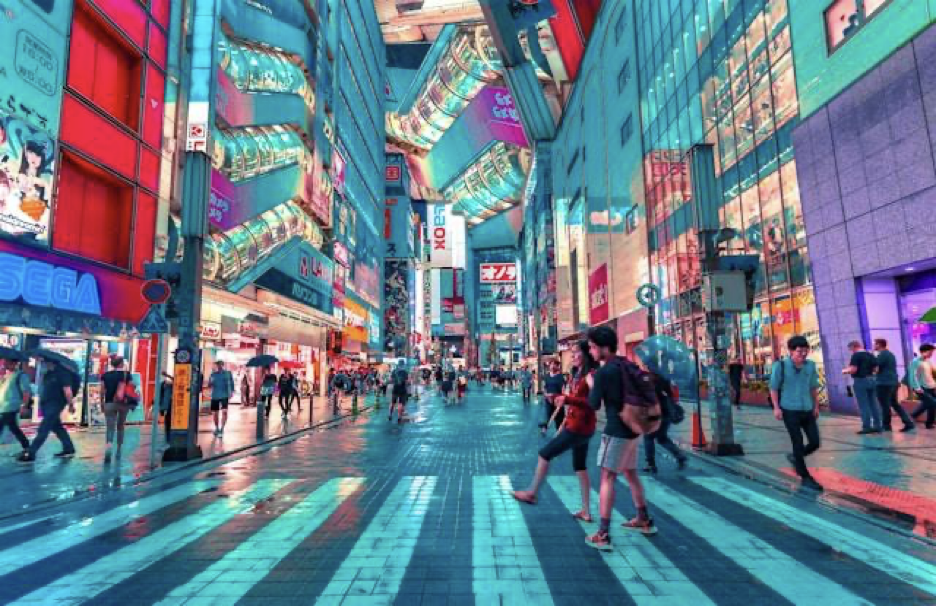
- Avoid isolated areas unless necessary. As tempting as that quiet, untouched landscape might be, isolation also means fewer eyes to help if something goes wrong. If you’re set on shooting in a remote location, try to go during the day, bring a friend or guide, and let someone know when you plan to return. The extra effort is worth the peace of mind.
- Back up your work often. Memory cards get lost, laptops crash, and sometimes gear goes missing. Protect your shots by backing up daily—use cloud services when you have internet or carry a small portable SSD or backup card wallet. Imagine losing all your images from Iceland because your bag went missing at the airport—backups are your insurance against heartbreak.
- Don’t risk your life for a shot. That epic selfie on a cliff edge or standing in the middle of a busy street might rack up likes, but it’s not worth a trip to the ER or worse. No photo is worth putting your life in danger.
If Things Go Wrong: Dealing with Emergencies
Even the best-prepared photographers can hit a snag. Whether it’s a stolen lens, a lost passport, or a twisted ankle on a trail, unexpected situations happen, especially when you’re exploring new places. The key is to be prepared before things go sideways.

If your gear gets stolen, report it to the local authorities immediately. Even if the chances of recovery are slim, having a police report is often required by insurance providers. Once you’ve filed the report, contact your insurer and have your documentation ready. That includes photos of your gear, serial numbers, and receipts if you have them. Having everything organized ahead of time will make the claims process more smooth and less stressful.
It’s also a good idea to carry printed emergency contact information with you. Make a copy of your passport, your insurance policy details, and local emergency numbers. Keep this info in a waterproof sleeve in your camera bag or tucked into your wallet. If your phone dies or gets lost, you’ll still have everything you need to get help.
Lastly, pack a mini first aid kit. You don’t need to go full wilderness survival mode, but a few bandages, antiseptic wipes, pain relievers, antihistamines, an instant cold pack, and some blister pads can be a lifesaver, literally. It’s a small addition to your gear that can make a big difference when you’re far from a pharmacy or first aid station.
Don’t Skip Insurance and Documentation
Getting the right travel insurance might not be the most exciting part of your trip planning, but it’s one of the most important, especially when you’re bringing expensive gear. Make sure your policy specifically covers photography equipment, because not all of them do. Some plans only cover lost luggage or basic theft, and many require proof like a police report or original receipts to process claims. So read the fine print, ask questions, and choose a policy that has you covered if the worst happens.
Equally important is keeping a solid record of your equipment. Take clear photos of each camera body, lens, and accessory you’re bringing, and write down the serial numbers. Store this list both digitally (in the cloud or your email) and on paper tucked safely into your bag. If your gear is ever lost or stolen, this documentation will make reporting it (and getting reimbursed) a whole lot easier.

Be Smart, Be Safe, Be Ready
Travel photography is a beautiful blend of creativity and spontaneity, but that doesn’t mean flying blind. A little preparation and some good safety habits can save you a whole lot of stress. Protect yourself. Protect your gear. And keep chasing those once-in-a-lifetime shots with confidence.
Are you curious to learn more photography tips and destination guides? We’ve got plenty more coming your way.
